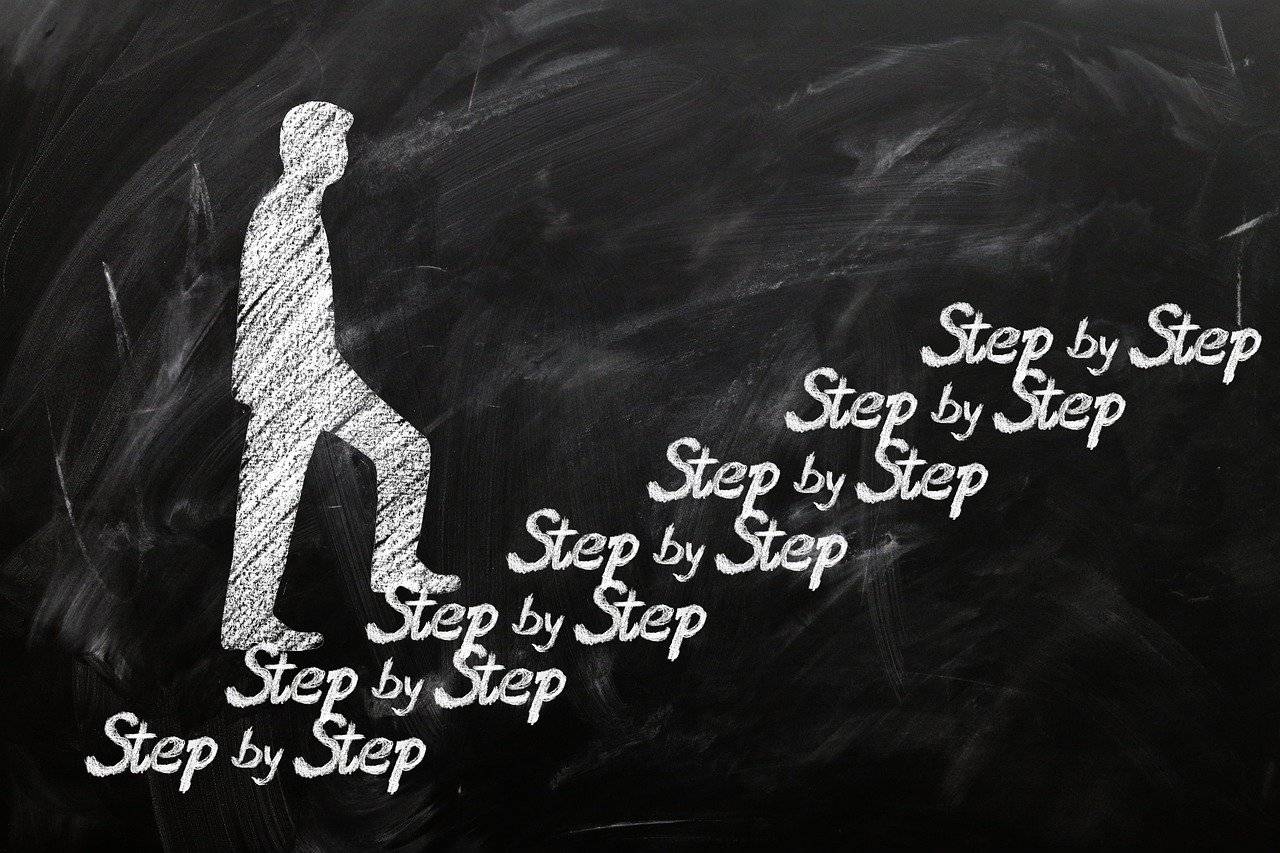ABSTRACT: Decoding Course Design Mastery: Unveiling Strategies for Skill Analysis and Beyond
Embark on a journey into the intricacies of course design as we explore the foundational step of skill analysis and its transformative impact on teaching and performance remediation. This article navigates through dynamic teaching/learning strategies, emphasizing their role in achieving competent performance immediately after initial training.
Drawing from real-world experiences in an online retail setting, particularly in shipping, the narrative challenges the assumption that the process is simple. The author shares training pitfalls, acknowledging the consequences of overlooking critical details and the subsequent need for competency analysis.
Rather than dwelling on assumed training excellence, the article encourages starting competency analysis with an exploration of what went wrong post-training. A list of preventable errors over a six-week period serves as a backdrop, highlighting issues such as computer problems, incorrect shipments, and billing inaccuracies.
The article then delves into a practical skill analysis using a three-column table, a methodical approach to identifying training gaps and fostering continuous improvement. The unconventional perspective adopted by the author, assuming responsibility for trainee mistakes, sets the tone for a more constructive and empathetic training experience for adults.
The piece concludes with an invitation for readers to perform their own skill analysis, prompting reflection on steps, required knowledge, and observed mistakes in training experiences. The emphasis on empathy and understanding participant backgrounds as essential elements in facilitating effective learning leaves readers eager for the promised exploration of Behavioral Analysis in the upcoming installment.
Embark on a transformative journey where skill analysis becomes the cornerstone of course design mastery, promoting growth, understanding, and continuous improvement in the realm of adult learning. Stay tuned for insights into Behavioral Analysis in the next installment of this enlightening series.:
The ability to analyze a skill or performance of a task is the first step in both teaching the skill and in remediation of poor performance. Creating dynamic teaching/learning strategies enables most learners to attain the competent performance immediately after initial training.
Let’s use an example from my online store – Shipping
One would think that shipping is easy – just put an item in a box and mail it. Only 6 steps!
- Print Order
- Collect Products
- Pack order
- Produce and Apply Shipping Label
- Complete the Order
- Ship package
It may look simple on the surface, but shipping has some “tricky bits” involved for it to be done correctly and competently.
My training initially was for the new employee to observe me, then I observe them and remain available for questions. The results of my simple training got simple results – wrong item sent to customer, damaged item from poor packaging, billed for not reporting weight correctly, taking too long to ship one package after shipping for one month… You get the picture!
My training wasn’t working because I was assuming too many things about the level of knowledge and experience the worker had compared with the knowledge and skills shipping required. I started micromanaging because I didn’t trust what was being done in my own store. And that’s where competency analysis comes into play. The analysis takes a while to do, but gets easier once the mental muscles are built and essential for dynamic learning design!
Sometmes it’s easier to begin competency analysis with what went wrong than to view your current training. After all, if I developed the training then it is the best I could do at the time. Looking at what the people I trained were doing instead gives be clues to where the holes are in my own training.
Below is a list of things that went wrong after I had completed my training.
Preventable errors over a period of 6 weeks after training
- Computer problems caused by incorrect shutdown.
- Waiting for payment – orders shipped out before funds received.
- Out of country customer not notified of additional shipping requirements.
- Stuffing items in too small boxes or having them “swim” in a large box.
- Customer calls that item is cracked or damaged
- Gift item has a price tag on it.
- Sent without instructions or story card.
- Reporting an item as being out of stock when it was in stock and sitting on the shelf.
- Pulling wrong item from the shelf.
- Shipping only 1 of an item that specified 5 of them in the order.
- Billing address copied instead of shipping address – package went to the wrong address.
- Poor decision making determines shipping method. Unable to follow criteria for ground vs priority.
- Wrong label put on the box.
- Wrong tracking number applied to shipping notice.
With all of these errors, I knew that I had to look back at my training to discover where the “holes” were. The quickest and most thorough way to do that is through skill analysis. Looking at what skills I expected every employee to have at each step in the shipping process.
I find it easier to make up a 3 column table than try to hold everything in my head. The first column has my 6 steps. The second has what I think the employee needs to know in order to complete each step. And the third column has where the training went wrong.
You may notice a difference here from what is typically done in training. As a facilitator of learning, I assume that the employee made mistakes because I left something out of my training that, if it were included, would avoid the mistake. So my first impulse is to go back and look at the basic skills required. This is different than assuming that my training was great and that the employee was not careful or caring. The difference between these 2 assumptions is Huge when training adults.
Lets Analyze This

Major Steps

Component skills

Examples when basic sklls are absent
1. Print Order
- Log into a computer.
- View orders
- Verify payment
- Verify USA address.
- Computer problems caused by incorrect shutdown.
- Waiting for payment – orders shipped out before funds received.
- Out of country customer not notified of additional shipping requirements.
2. Collect Products
- Find products on the shelves
- Verify/match product and quantity with invoice
- Reporting an item as being out of stock when it was in stock and sitting on the shelf.
- Pulling wrong item from the shelf.
- Shipping only 1 of an item that specified 5 of them in the order.
3. Pack order
- Select box and packing materials
- Inspect items for damage, remove price tags, include instructional cards and free gifts.
- Pack boxes and record weight and dimensions
- Stuffing items in too small boxes or having them “swim” in a large box.
- Customer calls that item is cracked or damaged
- Gift item has a price tag on it.
- Sent without instructions or story card.
4. Produce and Apply Shipping Label
- Copy shipping address including email address onto shipping form
- Verify shipping address is correct
- Compare shipping options between USPS and UPS and select the best method.
- Verify shipping label with the customer invoice shipping address
- Print Label and attach to box
- Paste tracking number into customer invoice
- Billing address copied instead of shipping address – package went to the wrong address.
- Poor decision making determines shipping method. Unable to follow criteria for ground vs. Priority.
- Wrong label put on the box.
- Wrong tracking number applied to shipping notice.
- Shipping notice sent to the wrong customer
- Box not placed in pickup location so missed shipping for a few days.
5. Complete and ship the Order
- Paste tracking number into order invoice
- Send shipping notice to customer
- Place the box in pick-up location.
- Shipping notice sent to the wrong customer
- Box not placed in pickup location so missed shipping for a few days.
In the next few days pick one task or activity you are training people to do and perform a skill analysis. What are the steps involved? What must someone know to do those steps? What mistakes have you seen after your training that lead you to believe maybe there were some steps or skills missing during the training experience?
The more we can empathize with our participants, the more we can understand their backgrounds and what they might be missing, the better we can facilitate learning. We can’t know if a step is missing unless we check it out, either before hand in training or after when discovering performance issues.
See you next for Behavioral Analysis!



